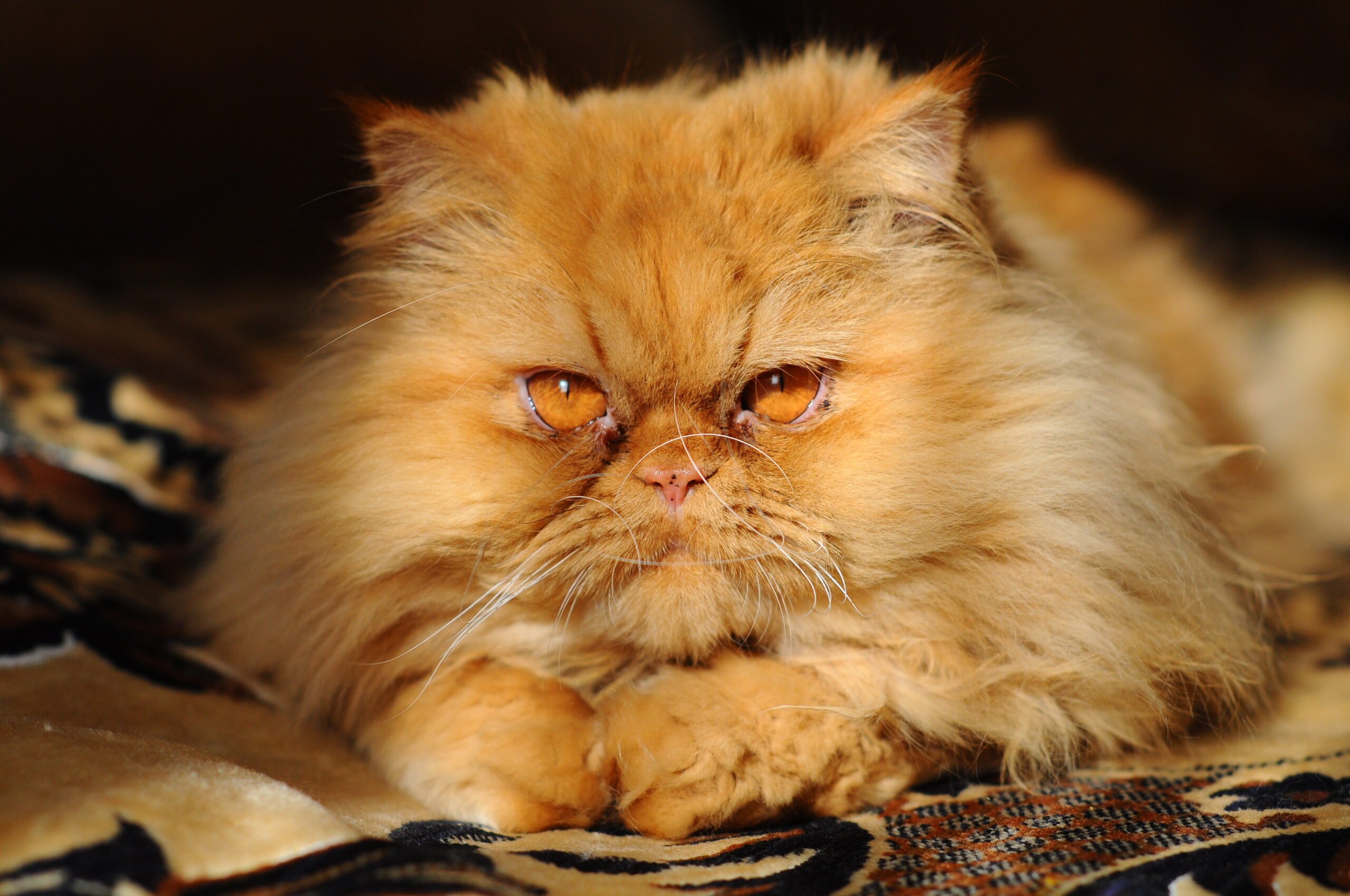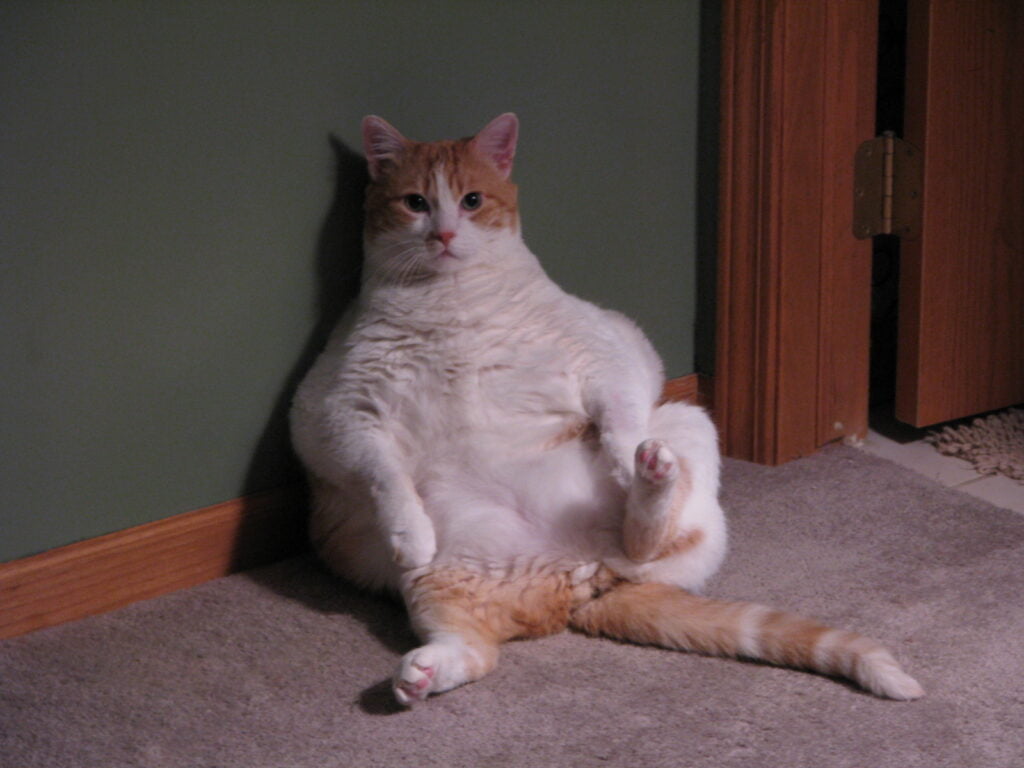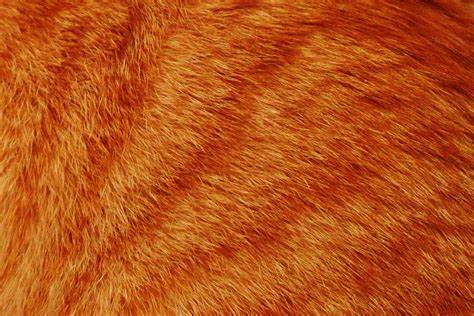Diabetes in Cats
Some 2% of cats suffer from diabetes, with overweight cats and older cats being particularly at risk.
There are also some medical conditions which can develop into diabetes, including Cushing’s disease, hyperthyroidism, pancreatitis and acromegaly. Medications, such as Corticosteroids may also be a trigger.

Diabetes in Cats
Diabetes is caused by either a lack of the hormone insulin or resistance to the effects of insulin. Insulin is needed to absorb sugar into the bloodstream, and maintain healthy cells. Without insulin, the body cannot use glucose for energy, causing high blood sugar levels. To compensate, the body breaks down fats and proteins elsewhere, to feed the glucose-starved cells. This breakdown results in weight loss, despite an increased appetite.
Symptoms of diabetes in cats include :
If left untreated, diabetes can develop into serious health problems, such as :

There are a few different types of diabetes in cats:
Diagnosis of diabetes
Early diagnosis and treatment are key to managing the condition. If insulin therapy is started early, many cats will enter a state of diabetic remission and are able to maintain normal blood sugar levels without insulin injections.
A reliable diagnosis of diabetes requires a blood or urine test to rule out other conditions which share the same symptoms.
Treatment of diabetes
If your cat is diagnosed with diabetes, there are a few things you can do to help manage the condition :
It is important to carefully monitor the cat’s health, with regular assessments of weight, water intake, urination and appetite. Other signs to look out for are symptoms of hypoglycemia, such as weakness, wobbly walking, or loss of consciousness.

The vet may recommend monitoring your cat’s blood sugar with a home glucose testing kit to avoid frequent appointments at the clinic. Any changes should be brought to the attention of the vet, who may advise additional testing or adjust insulin levels.
Diabetes can often be controlled by diet, lifestyle changes and medications. With proper treatment, most cats with diabetes can lead happy and healthy lives.
One of the most common mistakes made when feeding cats is over-feeding. Obesity is a major cause of diabetes, and exercise is most recommended as a preventative. As a guideline, a 4 kg cat should receive 160g of food per day. Ideally, this should be divided between 3 or 4 meals a day.


